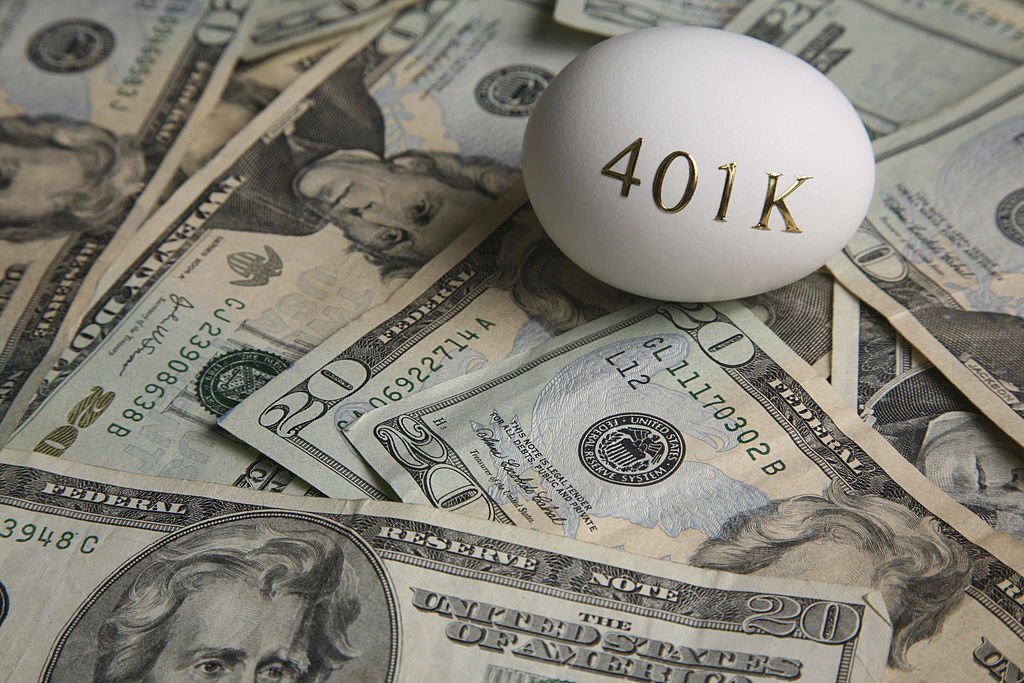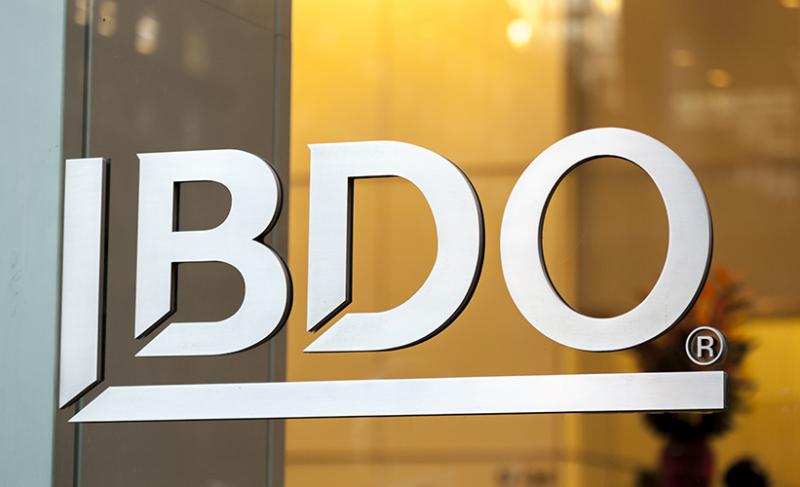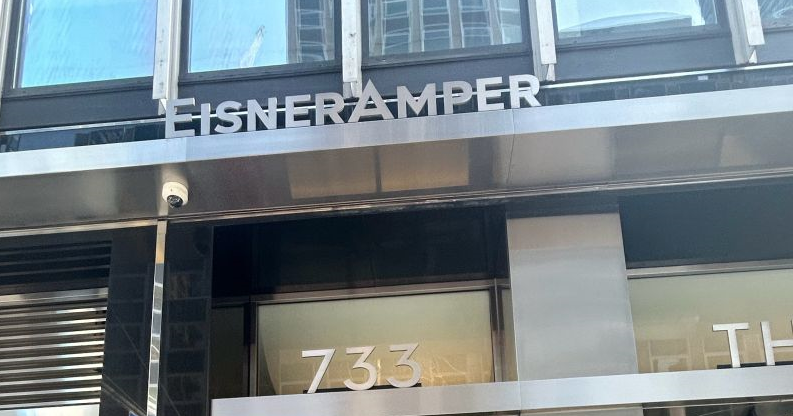By Georgina Tzanetos, Bankrate.com (TNS)
You’ve spent much of your entire working life building up your 401(k) and then along comes a severe market downturn to threaten your retirement plans—what can you do to ensure that your portfolio stays protected?
The first step during an impending market crash is to avoid panicking. Market corrections and cyclical downturns can happen every few years, and they are likely to occur several times throughout the life of your 401(k). While it can be uneasy, market crashes are an important time to stay invested in longer-term investment accounts and not make emotional short-term decisions that could cost you dearly later.
Sometimes market crashes can be unpredictable, but prepare for them as best as you can. In the past, many investors stuck to a “60/40” method of investing by placing 60% of their portfolio into equities and 40% into bonds. That advice has changed along with evolving market forces, and experts now offer up new ways of mitigating market risk.
Here are some ways to protect your hard-earned 401(k) when the market heads south.
Stay invested
Experts seem to resoundingly agree that staying the course in your 401(k) is important, even during times of uncertainty.
“You want to keep investing consistently with your goal in mind from the start,” says Anessa Custovic, CIO and investment advisor representative at Chapel Hill-based advisory firm Cardinal Retirement Planning. “Don’t let a recession deter you from adding money into your 401(k). Don’t let yourself make an emotional decision due to a recession or bear market.”
Taking money out of the market during times of volatility can have the opposite effect of what you might be trying to accomplish in the long run.
“We believe the key thing to do is to keep your 401(k) funds invested,” says Eric Phillips, CFA, senior director at San Francisco-based 401(k) provider Human Interest. “If you take them out of the market, you may lock in losses and could miss out on opportunities for market rebounds.”
One good way to align your retirement planning goals with your investments is dollar-cost averaging. This method involves investing a fixed amount of money (or a set percentage of your pay) into your 401(k) each month, regardless of outside market conditions. And for most people participating in a 401(k), this already happens automatically based on how they make their contributions.
“Adding to your 401(k) per paycheck along with any employer contributions is a good way to buy some shares at a lower price to help reduce your cost basis on your investments,” says Dean Elliott, CPFA, managing partner at Global Wealth Advisors, a Texas-based advisory firm.
This can eventually make your break-even point lower, which can help you to recover losses faster once the market rebounds.
It’s also important to remember that employer matching contributions increase your returns, regardless of market conditions. Matching can provide an instant return, often 25% to 50% or more, even if the market is in a downturn. This money is contributed to your account on your behalf, making it all the more important to continue investing despite any bumps your portfolio may otherwise face along the way.
Adjust according to your time horizon
Once you’ve steadied your nerves in the face of a down market, it’s crucial to consider when you’re looking to retire. This step is important, because a 57-year-old nearing retirement will have to approach market downturns with a different strategy from a 32-year-old.
Investors who are close to retirement, meaning about five to seven years away, could do well to have a financial plan for their 401(k) beforehand, and then refer to it in times of market trouble. A plan is usually drafted with a financial advisor or a representative from your 401(k) provider.
“This doesn’t have to be a 50-page document with fancy charts and graphs,” says Eric Presogna, CPA, CEO of Pennsylvania-based advisory firm One Up Financial. “It could be something as simple as a one-page summary of all your investments, income and net worth with a sentence or two memorializing your investment strategy and philosophy.”
These kinds of professional financial plans often take market crashes and bear markets into account, along with many other market scenarios, so when a crash strikes and you’re nearing retirement, you can refer to them and be reassured you’re doing what’s best for you.
Elliott suggests a 401(k) stress test for investors nearing retirement: “This will enable them to see what might happen during different market scenarios such as interest rate increases, bear markets, bull markets or even a financial crash, and then adjust their investment portfolio accordingly.”
Stress tests are a good idea for investors of all ages, but particularly useful the closer you are to retirement.
For investors who are 59 1/2 years of age or older, a good option might be to roll over your account to an IRA, which will allow for more investment options.
“This opens up virtually unlimited options for your investments and you can find other ways to diversify and protect yourself in down markets,” says Anthony Pellegrino, founder and principal at Illinois advisory firm Goldstone Financial Group.
For investors with a longer time horizon until they need to begin drawing on their 401(k) assets, the strategy is a little simpler.
“Younger investors are not going to touch their 401(k) for decades, so the fluctuations right now are simply noise. I understand that noise can get pretty loud and annoying, but that doesn’t mean you need to make wholesale changes,” says Brian Walsh, CFP, senior manager of financial planning at SoFi.
Defined contribution plans like a 401(k) are designed for long time horizons. So the further away you are from your retirement target date, the riskier your investments can be, compared to an investor closer to retirement. A big mistake is making your 401(k) too conservative.
Presogna adds, “If your time horizon is long enough, i.e. seven years or more away from retirement, the best way to minimize the financial damage of a recession is to simply stop checking your balance. Studies have shown that investors who look at their portfolios constantly experience a higher degree of loss aversion, meaning they’re increasingly more sensitive to losses than gains.”
Concentrating on losses can lead to poor decision-making now, which can only hinder your performance in the future.
Make sure your portfolio is set up for success
The best way to prepare your 401(k) for downturns is to make sure you have a solid investment plan in place before a crash happens. Make sure you build a well-balanced and diversified portfolio to begin with, or assess and diversify now if you have not already done so.
It’s important to rebalance your portfolio regularly to make sure it is aligned with your time horizon and risk tolerance. Rebalancing your portfolio on a regular basis will help to ensure that your allocation will not go too far out of alignment when one asset class goes higher in value than others.
“Rebalancing enables investors to take advantage of buying low and selling high to assure their allocation is where they would like it to be,” says Elliott.
He recommends a yearly rebalancing, if not every six months, to make sure your portfolio is allocated appropriately. You can set up a rebalance of your 401(k) with your adviser or your plan representative, both of whom can walk you through what you’re invested in and make recommendations based on your goals.
Diversification is the hallmark of any good investment portfolio, especially for long-term accounts like 401(k)s. Diversifying your portfolio across different asset classes and markets also helps to reduce exposure to one particular segment of the market during market downturns.
Additionally, even during market crashes, there are going to be stocks that go down and some that go up. Diversifying your portfolio allows you to potentially catch some of that upside.
“Constructing a retirement portfolio that includes a balanced blend of growth, fixed-income products and safety of principal is a surefire way of creating a longevity plan for your assets—a plan that can sustain you during your retirement years,” says Ryan Larson, wealth advisor and CEO and founder of advisory firm FirstLine Financial in Scottsdale, Arizona.
How exactly that mix is selected will be up to you, or you can consult a qualified advisor to help.
Reassess the old 60/40 adage
In the past, most advisors would suggest an allocation of 60% equities and 40% bonds to balance out an investment portfolio. Times have changed, especially in the post-pandemic economy, and the old benchmark might need rethinking, say some experts.
“The current market is different from previous periods of volatility because it is affecting stocks and bonds,” says Walsh. “In the past, bonds could serve as a ‘safe haven’ during periods of stock market volatility, but not this time. Bonds are holding up better than stocks, but a 60/40 portfolio is on track for one of its worst years ever. When combined with multi-decade high inflation, this is especially troubling for those in or near retirement.”
This year has seen a historic rise in interest rates to combat high inflation.
“As a result, high-quality fixed income isn’t providing investors with the downside protection they’re used to, as bonds are down nearly as much as stocks in 2022,” adds Presogna.
With bonds not being the mainstay they once were, investors will need to get creative to invest defensively if they suspect a further crash is on the way.
Again, for investors with long time horizons, experts seem to agree that it’s likely best to stay put and ride the wave out while making sure you’re always diversified.
Those with retirement quickly approaching may want to consider rolling any of their old 401(k) accounts into either IRAs (which offer more investment options) or annuities (which can provide a set rate of return during uncertain times).
Certain fixed annuities can provide soon-to-be-retirees with a constant, fixed rate of return. The caveat is that they will lose on the opportunity of potential upside if the market rebounds. But if your main concern is safety, they can be a good idea.
Bottom line
For the overwhelming majority of investors, the best thing to do is to make sure you are diversified in your 401(k) year-round, and do not panic-sell in the midst of a declining market. Awareness of your investments is key regardless of age, but those with a long time horizon should believe in the power of time and compounding in their retirement account.
Investors who are quickly approaching retirement will need to be more vigilant in the face of evolving markets. The switch to annuities or IRAs from your traditional 401(k) can help to give you more options or a fixed rate of return depending on what you choose.
———
©2022 Bankrate.com. Visit bankrate.com. Distributed by Tribune Content Agency LLC.
Thanks for reading CPA Practice Advisor!
Subscribe Already registered? Log In
Need more information? Read the FAQs




